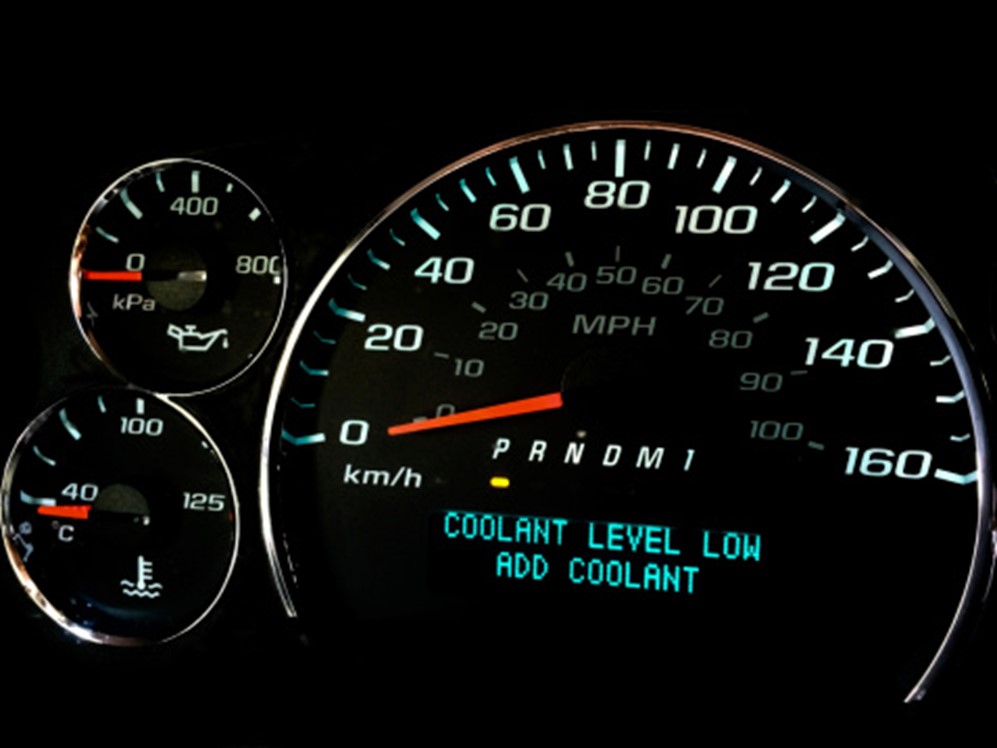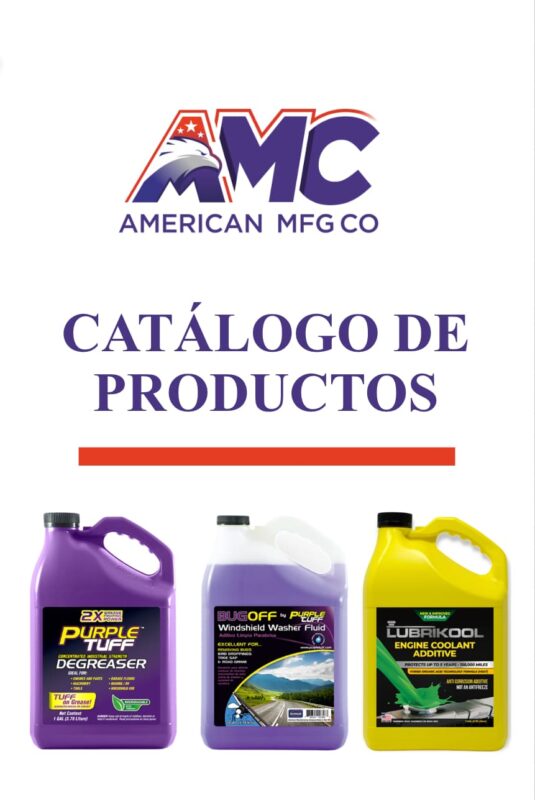Blog
Lightweight vs. Heavy-Duty Coolant: Know Your Options

In general, customers see coolant as a fluid with two main uses: in automobiles and in factories. It protects both vehicles and equipment from freezing, boiling, and corrosion. Coolant comes in liquid and solid forms, depending on its application. We will focus on those used in cars, as they are the most common or at least the most well-known. Coolant in cars and trucks works with gasoline, diesel, or natural gas and is involved in the internal combustion process that occurs in engines. The fluid circulating through the engine absorbs heat from the combustion process and carries it outward to a radiator, which cools it while the vehicle moves. There are two types of automotive coolant: lightweight and heavy-duty, and they generally consist of water, glycol, and other chemical additives or inhibitors.
Lightweight vs. Heavy-Duty Coolant
Car and truck engines use lightweight coolant, while bus and construction equipment engines use heavy-duty coolant. Both engines require different types of coolant that serve the same purpose: protecting the cooling system. A key difference is that heavy-duty coolant formulas contain cavitation inhibitors, whereas lightweight coolant does not.
Heavy engines should never use lightweight coolant, as it could cause damage. On the other hand, heavy-duty coolant works perfectly in lightweight systems.
Pitting Corrosion and Cavitation
Most manufacturers use replaceable liners around each cylinder to improve the serviceability of diesel engines. The liner surrounding a cylinder that comes into direct contact with coolant is called a “wet sleeve.” This sleeve can be replaced during an engine rebuild or overhaul, allowing the rest of the engine to continue functioning.
When the piston vibrates in the cylinder and contacts the sleeve wall, a tiny air bubble forms on the coolant side of the wet sleeve. When this bubble collapses, it generates a shock of 15,000 to 20,000 psi against the sleeve wall. This collapse can cause catastrophic engine damage by piercing the wet sleeve if proper inhibitors are not used.
Using and maintaining coolant with heavy-duty additives like molybdate and nitrite is the only way to prevent cavitation pitting in a heavy engine. The inhibitors form a layer over the metal, protecting it from corrosion caused by cavitation.
Technology Comparison: Traditional vs. OAT
Differentiating between traditional, organic acid, and hybrid technology coolant is one of the most important things for vehicle owners. Coolant color is the most visible feature, but chemical additives, known as inhibitors, protect the metals in the cooling system. In some cooling systems, using the wrong type of coolant technology can cause problems.
Traditional Technology
Traditional or inorganic coolant is the oldest and most original technology. It is popular because it is inexpensive and familiar to most people. However, it can be costly to maintain long-term and may even damage the engine if not properly maintained.
The inhibitor reacts with metal ions on the metal surface to continuously create and repair a protective insoluble layer, preventing metal from rusting. During engine rebuilds, inhibitors are depleted, requiring regular coolant maintenance.
Organic Acid Technology (OAT)
U.S. original equipment manufacturers (OEMs) use Organic Acid Technology (OAT) for both light- and heavy-duty vehicles. While initially more expensive, it is cheaper in the long run. Coolant with this technology is also excellent for protecting aluminum in engines. Nitrate and molybdate are used in heavy-duty models to combat cavitation corrosion. Many heavy-duty OEMs are switching to nitrite-free coolants due to the heat generated by heavy engines.
As pH changes during corrosive processes, organic acids migrate to problem areas in the system and form hydrophobic precipitate layers to prevent corrosion. After restoring the aluminum’s natural protective oxide layer, the inhibitors can return to their original state and be reused.
Hybrid Technology
Hybrid technology combines traditional and organic acid technologies with inorganic inhibitors to protect against common cooling system problems. Hybrid types include nitrited organic acid technology (NOT), phosphated organic acid technology (POAT), and silicated organic acid technology (SOAT). There are dozens of hybrid types designed for specific OEMs. Experts recommend a full OAT coolant because it fits multiple OEMs and meets performance criteria. Many OEMs recommend certain hybrids for cooling systems but prohibit others.
Final Thoughts
DIY enthusiasts often neglect testing and maintaining coolant because they are too busy changing oil and handling other issues. This is one of the biggest mistakes people keep making.
If you’re unsure which coolant is right for your vehicle or when to check or change your lightweight or heavy-duty coolant, consult your OEM manual. You can also contact your supplier or a maintenance expert. American MFG Co. offers a wide variety of lightweight and heavy-duty coolants designed to meet your needs.
Remember, taking good care of your vehicle ensures it lasts a long time and saves you from worrying about buying a new one.




